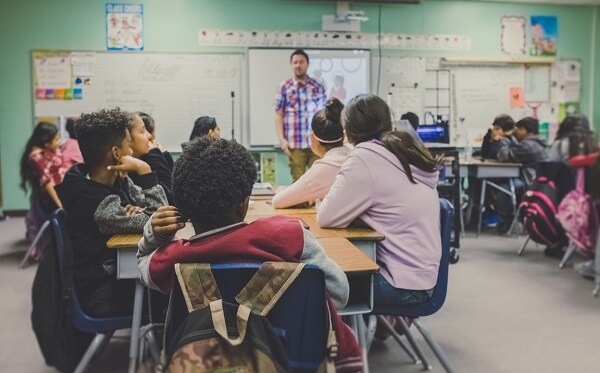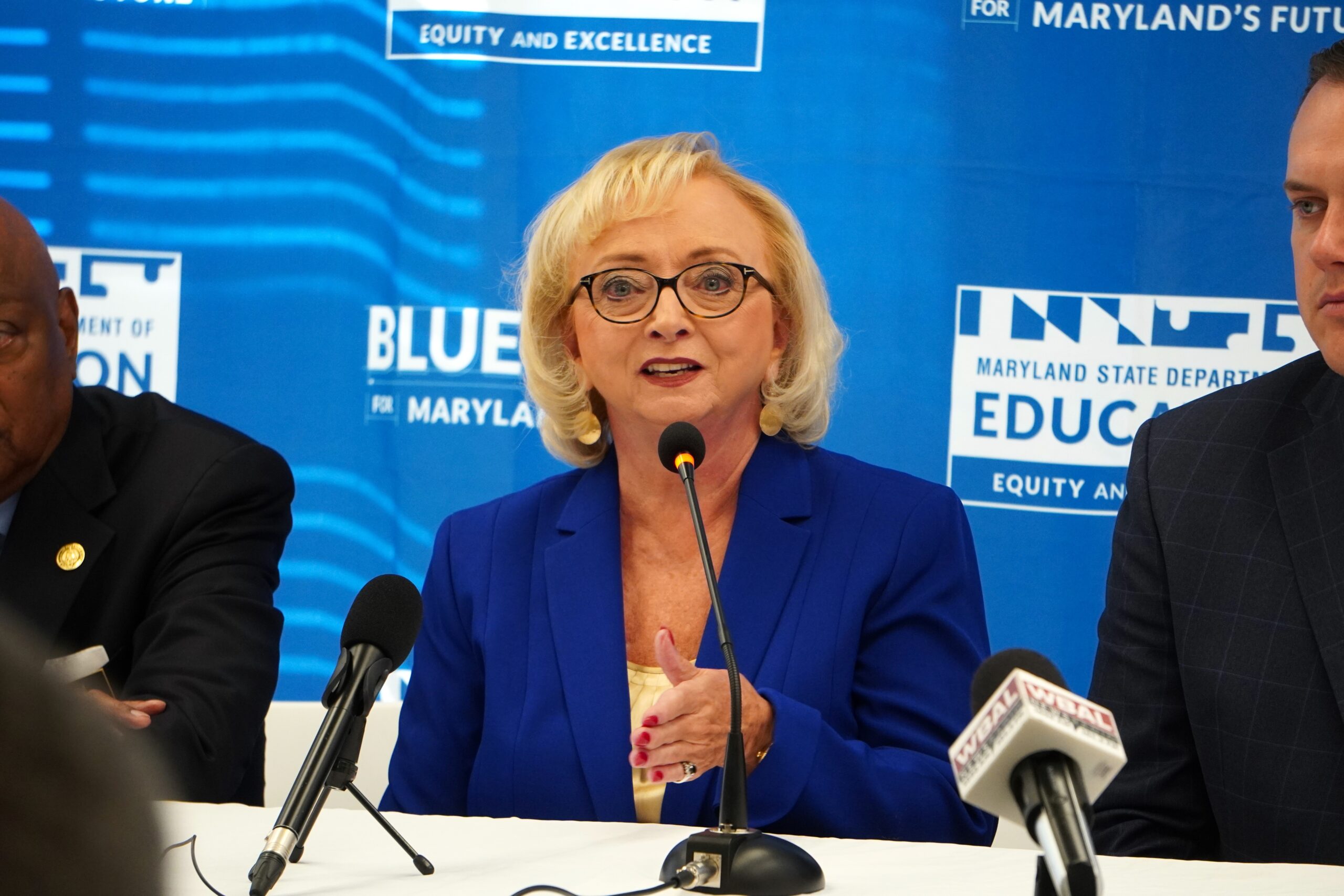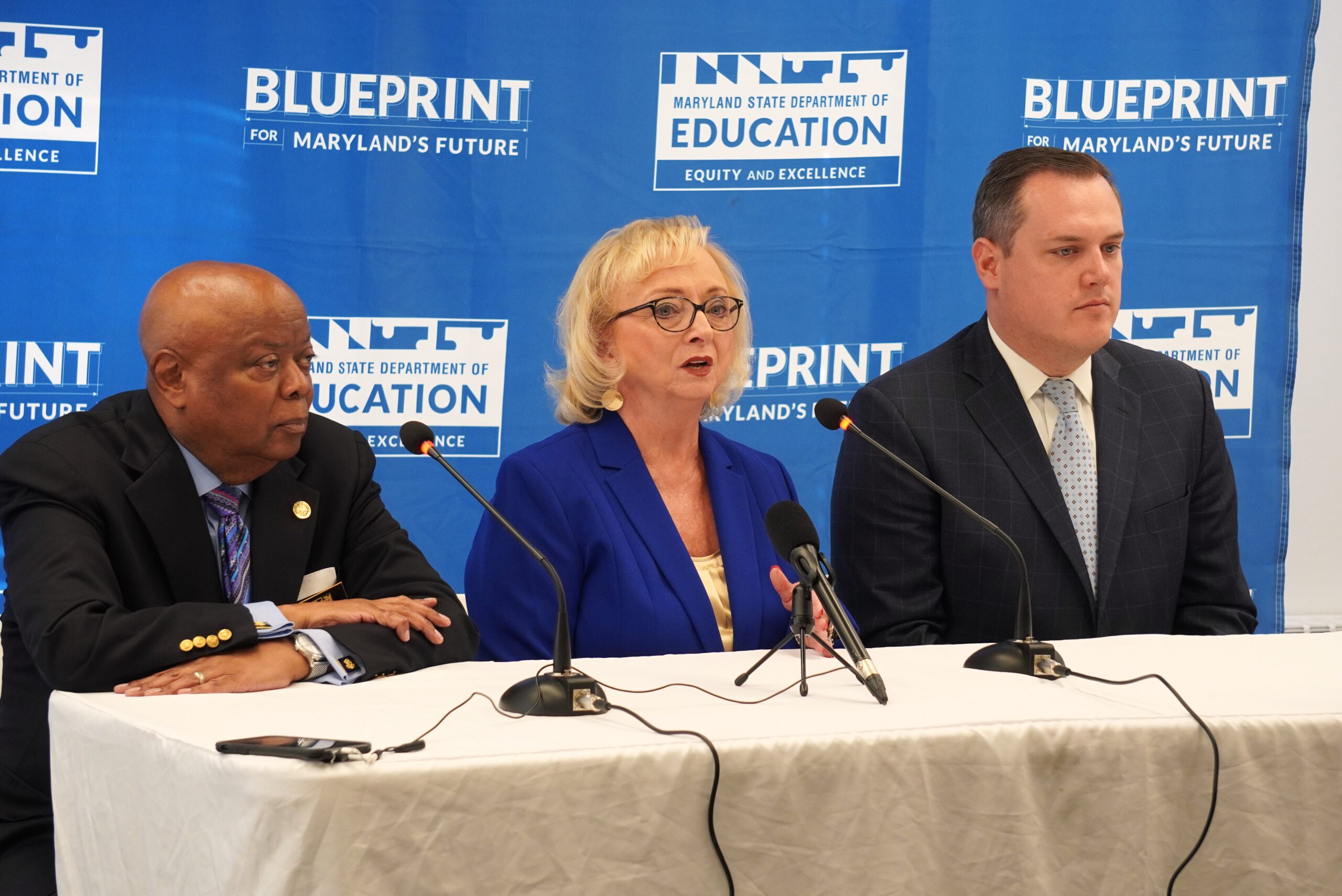Kalman Hettleman: Will the General Assembly Be Lost Over Learning Loss?

Part one of two.
There’s rare agreement among educators and policymakers that learning loss must be the paramount priority as schools try to recover from the pandemic. But, since the combatants in the education wars hardly ever declare a truce, the agreement over learning loss seems too good to be true — and it is.
In the upcoming session of the General Assembly, battles are bound to rage over how to allocate scarce funding that can be most effective in remedying the losses. The damage inflicted upon schoolchildren by the pandemic is unprecedented, and there is certain to be fierce competition among many programs jockeying to supply relief to learning losers.
The amount of loss is of catastrophic proportions. A recent comprehensive national study concluded: “Students on average could lose five to nine months of learning by the end of June 2021. Students of color could be six to 12 months behind, compared with four to eight months for white students.”
Worse, these numbers underestimate the compound effects on the approximately 60% of Maryland students who were behind grade level in reading and/or math prior to COVID-19. The consequences are especially dire for students who lag in learning in the early elementary grades and on students in high school who are on the verge of dropping out.
Suppose Yolanda and Sean have each fallen behind by six to nine months in literacy. Yolanda is in first grade and reading at a kindergarten level while Sean is in 10th grade and reading at a third-grade level. So should Yolanda or Sean go to the front of the line for academic relief?
And what about learning loss that is attributable to social-emotional setbacks, from mental health conditions like anxiety and depression to hunger and family disruptions?
Sorting this out is agonizingly difficult. But legislators should be guided by two basic rules. One is to follow the science. The other is to have the resolve to make tough, triage-like policy choices.

Kalman Hettleman
If we’ve learned anything from the pandemic, it’s that science must trump politics. Applied to relief for learning loss, research leaves little doubt that the highest return on investment would be tutoring in grades K-3 in reading. Students who fail to gain a foothold on early literacy skills never catch up academically; a shocking percentage of them become drop-outs, impoverished and too often imprisoned.
Research also teaches that tutoring in the early grades will be most effective during regular school hours by paid, well-trained tutors and integrated into a school’s framework of tiered interventions for struggling readers. Other tutoring models – for example, after school or during the summer, or using volunteers – are far less proven.
It’s not far-fetched to compare tutoring that meets these specifications to a COVID-19 vaccine: the right “high dosage” tutoring can make the difference between academic life or death.
The pandemic analogy is also apt in another crucial way. Just as medical risk is driving which persons are first in line for the COVID-19 vaccine, legislators must resist intense political pressure to simply spread the learning loss money among many competing relief proposals.
This will take extraordinary political discipline. Many proposals have merit and activist constituencies. For example, tutoring in math in the early and later grades has much evidence to support it. So do social and emotional learning programs that enable students to better access good instruction.
Still, a legislative balance must be struck between putting all the learning loss eggs in the early literacy basket and sharing some with other needy students and worthy initiatives. Ideally, the equation would take into account cost-benefit analyses, but education science hasn’t gotten that far.
A practical solution for besieged legislators that comes to mind – grounded in my experience at the intersection of education policy and politics – is to earmark a certain percentage, say 50%, to early tutoring (funding in the Blueprint for Maryland’s Future school reform bill for such tutoring only serves a small fraction of the need). The rest of the funding would go in a block grant that local districts can use for any evidence-based programs in any grades that reduce learning loss, with priority for students with special needs.
At the same time, all learning loss funding must be tied to evaluations.
Long after the pandemic is gone, struggling learners will still be with us. Let’s seize the moment to set in motion short- and long-term reform that can eradicate the decades-long educational pandemic that kills the futures of so many schoolchildren, especially those who are poor, Black and brown.
— KALMAN R. HETTLEMAN
The writer is a member of the Maryland Commission on Innovation and Excellence in Education – the Kirwan Commission, a former Baltimore City school board member, a former deputy mayor of Baltimore and a former Maryland secretary of human resources.
Coming soon: The Maryland State Department of Education’s institutional paralysis during the COVID-19 crisis is just the tip of the iceberg.




 Creative Commons Attribution
Creative Commons Attribution